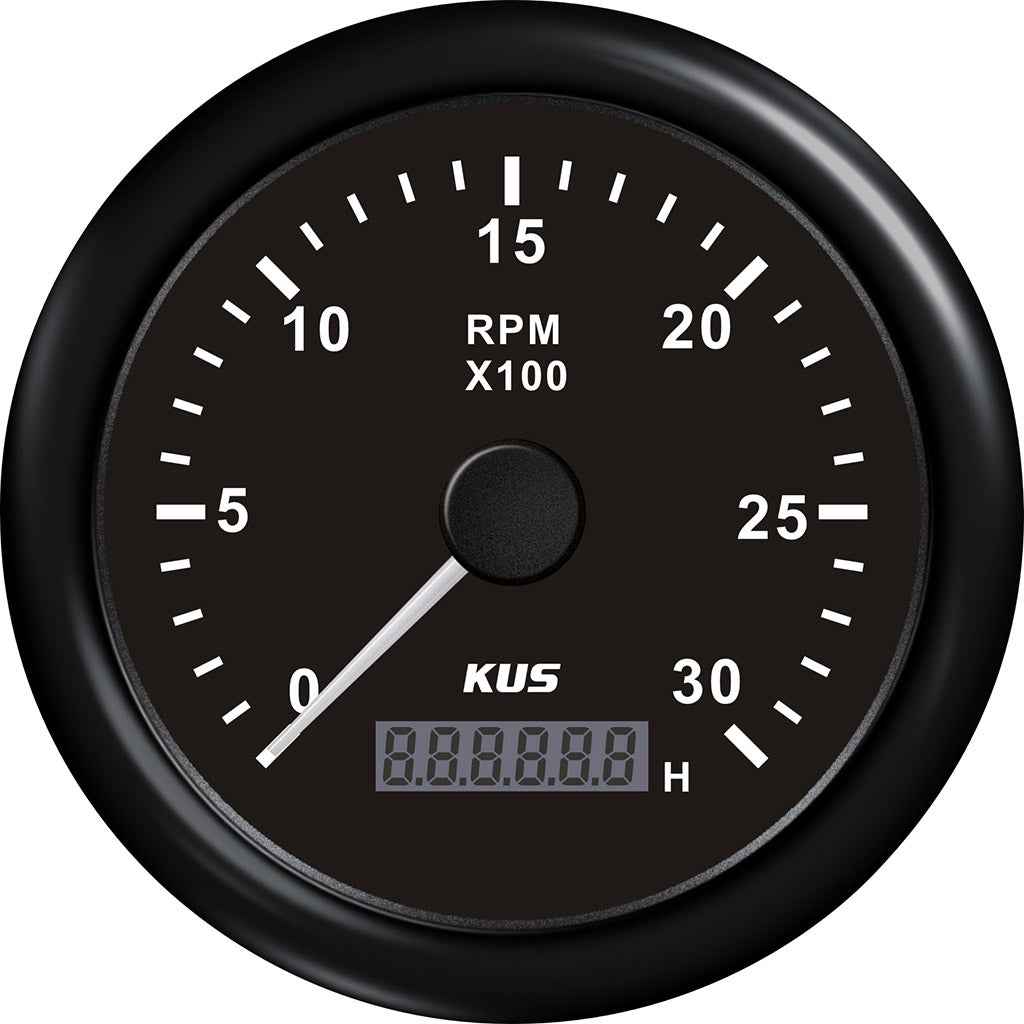The Advantages of Setting Up a Tachometer in Your Vehicle
Opening the Secrets of Tachometers: Whatever You Need to Know Regarding This Essential Instrument in Your Automobile
Comprehending the intricacies of tachometers can give valuable understandings into your automobile's efficiency and upkeep needs. From determining engine rate to understanding the data it provides, tachometers work as a crucial device for lorry owners and fanatics alike. By untangling the mysteries behind this vital instrument, you can open a wide range of information that can improve your driving experience and make certain the durability of your vehicle.
Relevance of Tachometers
The relevance of tachometers depends on their capacity to supply important real-time data concerning an engine's rotational speed, enabling exact monitoring and upkeep of equipment. By gauging the changes per minute (RPM) of an engine's crankshaft, tachometers offer beneficial understandings right into the engine's performance - tachometer. This information is vital for guaranteeing that the engine operates within its optimum variety, avoiding possible damages from over-revving or underperforming
Tachometers play an important role in assisting drivers and technicians identify any kind of abnormalities in the engine's rate, which can suggest issues such as gas ineffectiveness, mechanical issues, or extreme strain on the engine. By promptly identifying these concerns through tachometer readings, maintenance can be done proactively, preventing costly repair services and downtime in the future.
Moreover, tachometers are especially essential in high-performance cars and equipment, where accurate control over engine speed is required for ideal operation. Competing automobiles, aircraft, and industrial tools depend on tachometers to provide peak efficiency while keeping security standards. In significance, tachometers are not just instruments for gauging speed however vital devices for ensuring the smooth and efficient procedure of engines throughout various applications.
Just How Tachometers Step Engine Speed
Making use of sensors that find the frequency of electrical pulses produced by the engine's ignition system, tachometers precisely measure the rotational rate of an engine. By keeping track of the rate at which these pulses are gotten, tachometers provide real-time feedback on just how quickly the engine's crankshaft is turning per min, generally described as transformations per min (RPM)
The tachometer's sensing unit, often attached to the engine's ignition coil or stimulate plug cables, gets the electric signals generated each time a cylinder fires. These signals are then exchanged RPM analyses presented on the gauge or tool collection within the motorist's sight. Tachometers can be analog or digital, with modern-day cars typically featuring electronic displays for specific and instantaneous RPM analyses.
This info is crucial for chauffeurs to comprehend the engine's efficiency, avoid over-revving, optimize gear shifting, and make sure efficient gas consumption. By precisely gauging engine speed, tachometers play an important role in aiding drivers operate their vehicles safely and efficiently.
Interpreting Tachometer Readings
Having a clear understanding of how tachometers determine engine rate sets the foundation for properly interpreting the RPM analyses presented. Interpreting tachometer readings is vital for optimal car performance and engine health. RPM (Revolutions Per Min) readings on the tachometer show the rate Get More Information at which the engine's crankshaft is turning. When the engine is idling, the tachometer needle normally relaxes around 600-1000 RPM, relying on the lorry. As you accelerate, the RPM will click here for more certainly raise, mirroring the engine's greater rotational speed. When moving gears in a manual transmission car, the RPM will go down as you engage the clutch and adjustment equipments, then increase once more as you accelerate in the new equipment. Checking the tachometer can assist you identify the most efficient changing factors to take full advantage of fuel economic situation and engine power. Furthermore, unusual fluctuations or continually high RPM analyses could indicate prospective problems with the engine that may call for professional attention. By focusing on the tachometer analyses and understanding exactly how to analyze them, you can ensure your car operates smoothly and effectively.


Tips for Making Use Of Tachometers Successfully
To boost driving effectiveness and maximize engine efficiency, what secret methods can be carried out for efficiently utilizing tachometers? Tachometers are vital devices that offer real-time responses on engine speed, making it possible for motorists to make informed decisions for far better performance - tachometer. Right here are some suggestions for utilizing tachometers efficiently:
Recognizing Ideal RPM Variety: Familiarize yourself with the optimal RPM (Revolutions Per Min) variety for your car. This array ranges various automobiles and is normally indicated in the proprietor's manual. Keeping the engine within this array can enhance gas performance and lengthen the engine's life expectancy.
Moving Equipments at the Correct Time: Utilize the tachometer to establish the very best time to shift gears. Upshifting prematurely or far too late can result in decreased efficiency and performance. Goal to move equipments when the RPM gets to the ideal range for the next equipment.
Keeping An Eye On Engine Anxiety: High RPMs for extended periods can strain the engine. Watch on the tachometer to stop over-revving, particularly during acceleration or when carrying heavy tons.
Tachometers and Car Maintenance
When taking into consideration car upkeep, tachometers play an essential duty in keeping an eye on engine performance and spotting potential issues. Tachometers offer vital data on engine rate, enabling vehicle drivers and auto mechanics to make certain that the engine is operating within the advised Continued RPM array.
Along with finding possible problems, tachometers can also help in optimizing fuel performance. By keeping the engine speed within the optimum array, drivers can boost their gas mileage and minimize fuel intake. This not only profits the chauffeur's wallet yet likewise contributes to ecological conservation by reducing dangerous emissions.
Verdict
